In the realm of interior design, wall panels play a crucial role in enhancing the aesthetics and functionality of a space. With a myriad of options available, it can be overwhelming to choose the right material for your walls. In this blog post, we will delve into the world of PVC wall panels, exploring their advantages and disadvantages, and ultimately determining whether they are a good or bad choice for your interior design project.
- Understanding PVC Wall Panels:
PVC, or polyvinyl chloride, is a synthetic plastic polymer known for its versatility and durability. PVC wall panels are made by extruding PVC into flat sheets, which are then cut into panels of various sizes. These panels are designed to mimic the appearance of traditional materials such as wood, stone, or tile, offering a cost-effective alternative. - The Pros of PVC Wall Panels:
2.1. Easy Installation: PVC wall panels are lightweight and can be easily installed by homeowners or professionals. They often come with a tongue-and-groove system, allowing for seamless interlocking and quick installation.
2.2. Low Maintenance: Unlike traditional materials, PVC wall panels are resistant to moisture, mold, and mildew. They can be easily cleaned with a damp cloth, making them an ideal choice for high-humidity areas such as bathrooms or kitchens.
2.3. Versatility in Design: PVC wall panels come in a wide range of colors, patterns, and textures, allowing for endless design possibilities. Whether you prefer a modern, rustic, or traditional look, there is a PVC panel design to suit your aesthetic preferences.
2.4. Cost-Effective: PVC wall panels are generally more affordable than their natural counterparts. They offer a budget-friendly option for those looking to achieve a high-end look without breaking the bank. - The Cons of PVC Wall Panels:
3.1. Environmental Concerns: PVC is derived from non-renewable resources and is not biodegradable. Its production and disposal can have negative environmental impacts. However, some manufacturers are now producing eco-friendly PVC panels, which are worth considering if sustainability is a priority.
3.2. Limited Authenticity: While PVC panels can mimic the appearance of natural materials, they may not provide the same level of authenticity. For purists who value the genuine look and feel of wood, stone, or tile, PVC panels may fall short.
3.3. Vulnerability to Heat: PVC panels can expand and contract with temperature changes, which may lead to warping or buckling if exposed to excessive heat. It is important to consider the environment in which the panels will be installed to ensure their longevity.
Conclusion:
PVC wall panels offer a range of benefits, including easy installation, low maintenance, design versatility, and cost-effectiveness. However, it is essential to weigh these advantages against the potential environmental concerns, limited authenticity, and vulnerability to heat. Ultimately, the suitability of PVC wall panels depends on your specific needs, preferences, and the context in which they will be used. By considering these factors, you can make an informed decision and create a stunning interior design that aligns with your vision and values.
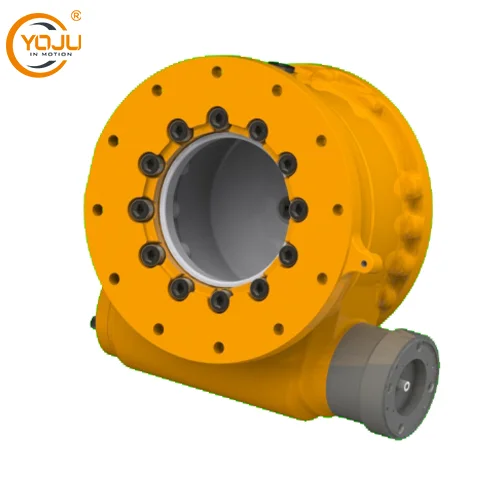
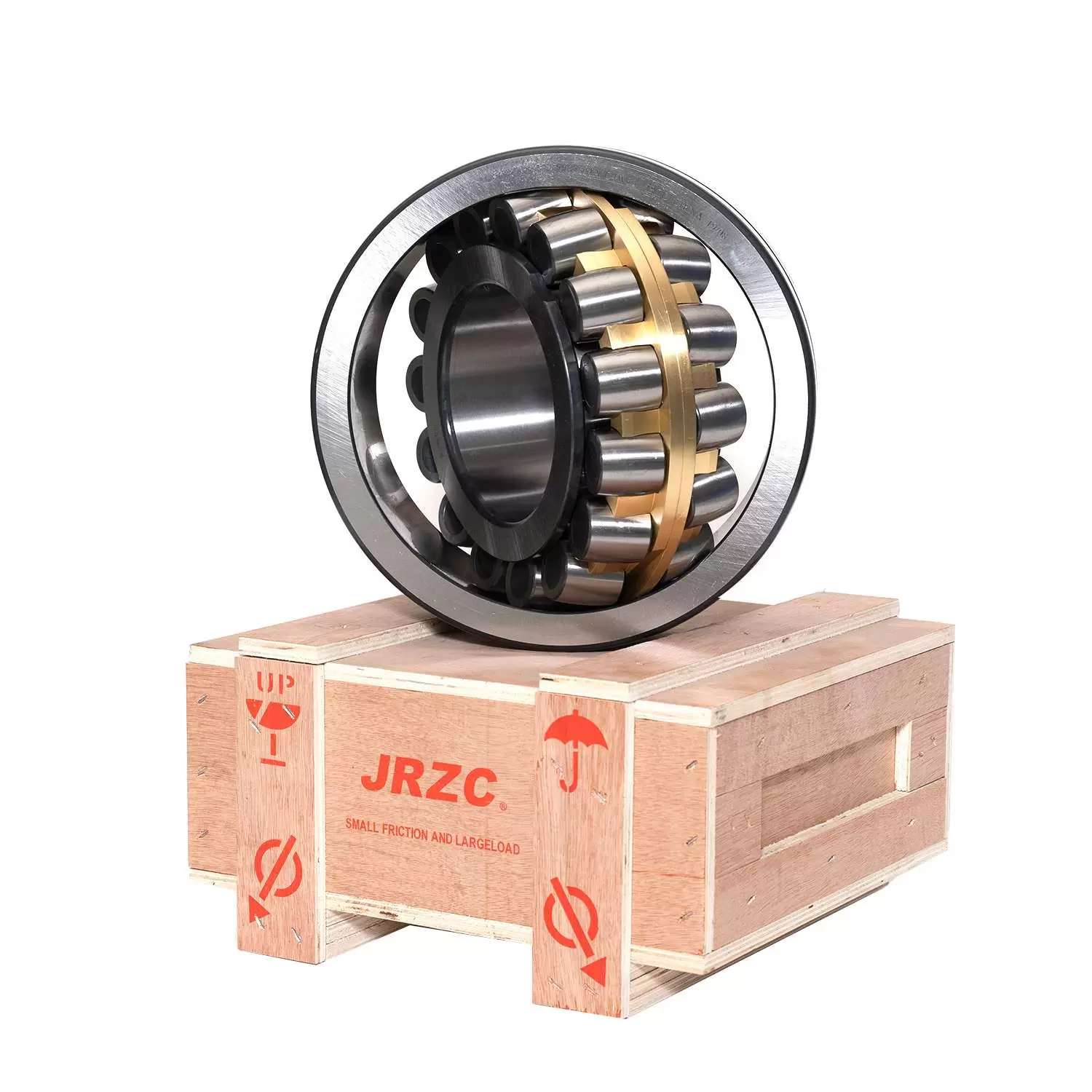

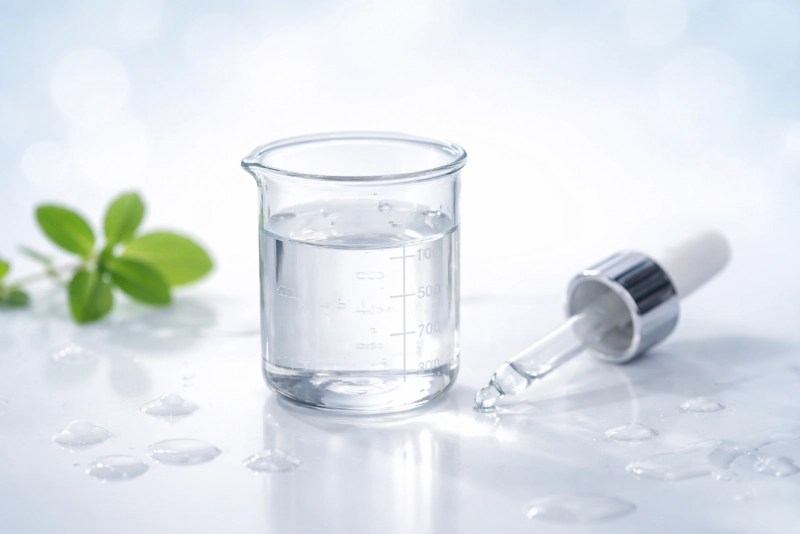
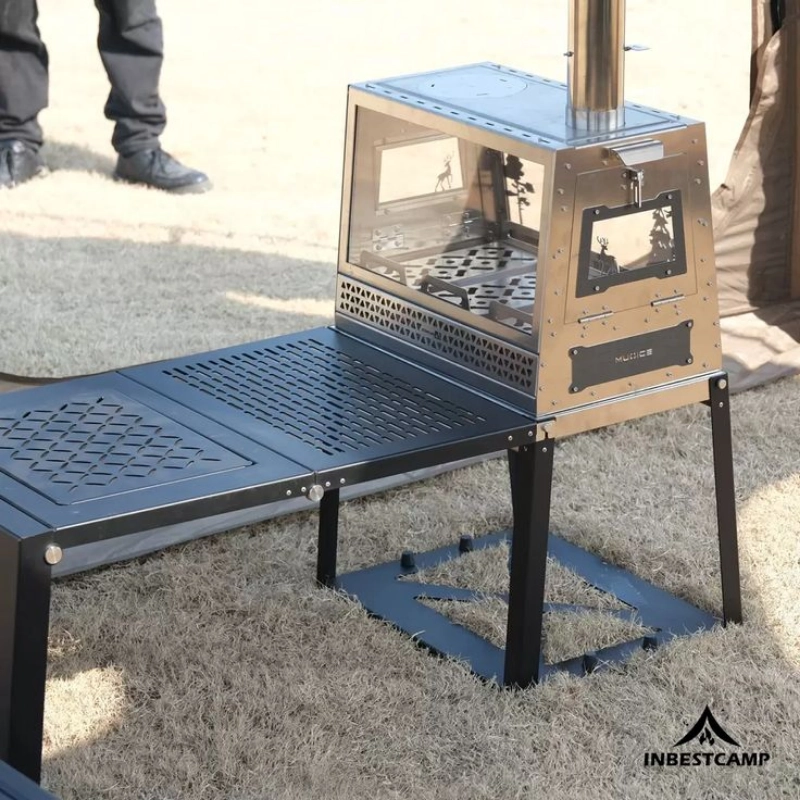
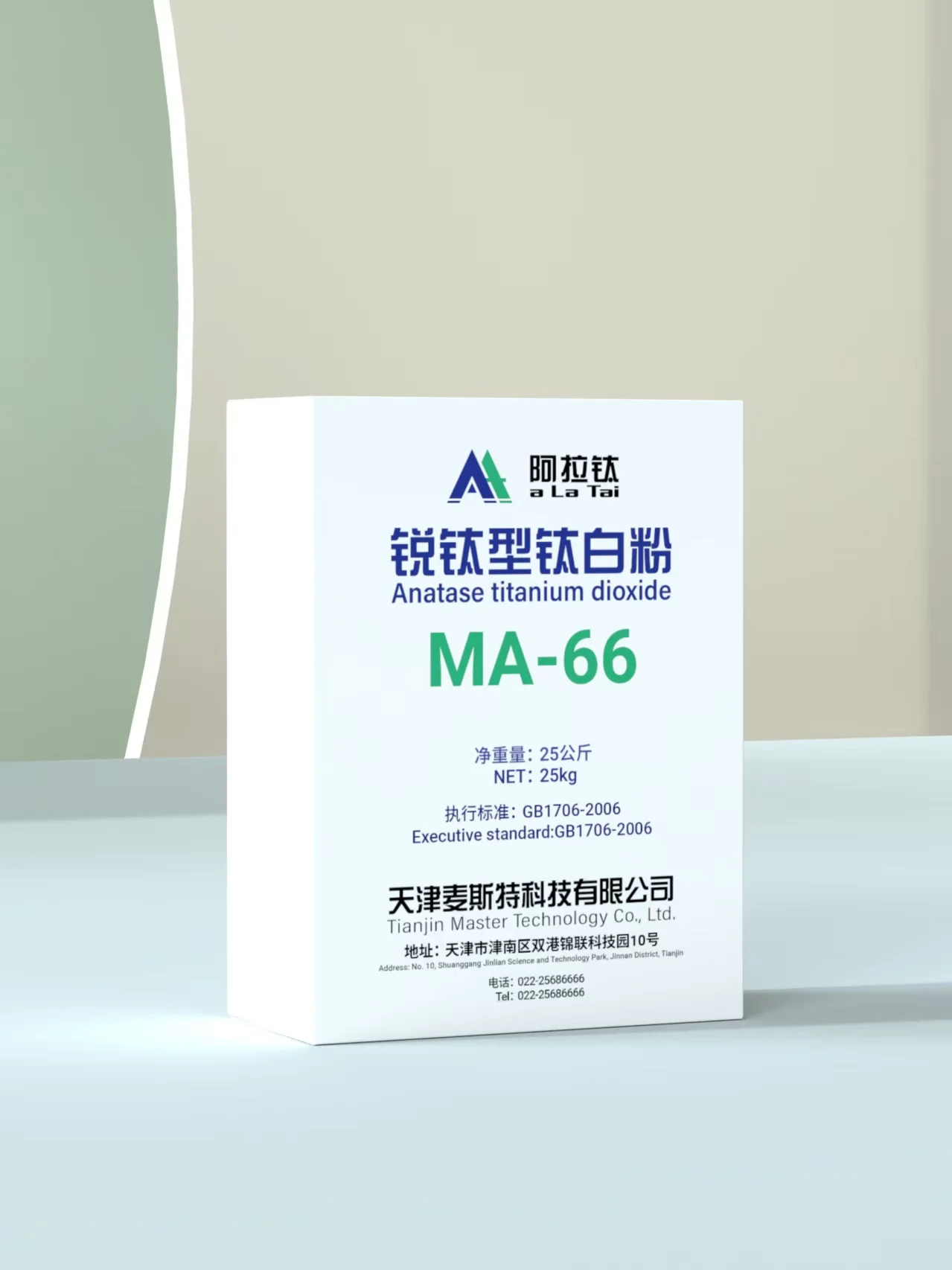


+ There are no comments
Add yours